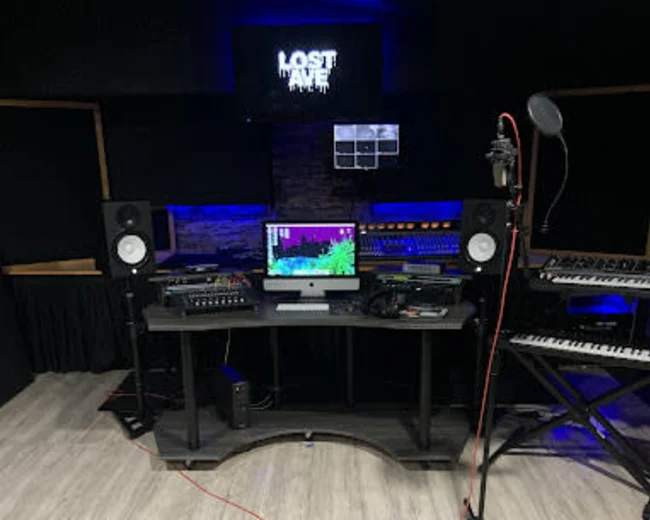The journey of creating music is rarely confined to the artist alone. It is a process that draws on various forms of collaboration, where every contributor leaves an imprint on the final piece. Among these, the role of music recording services is often understated but undeniably vital. Beyond simply providing a technical space, such services influence the rhythm, texture, and authenticity of sound, subtly weaving themselves into the fabric of the music.
At its core, recording is about capturing sound in its purest or most expressive form. Yet, the studio environment where recording takes place is never neutral. Acoustics, equipment, and even the way an engineer positions microphones shape the character of the music. What begins as a simple melody in a rehearsal room can grow into something fuller, deeper, or entirely different once filtered through professional recording. This is where the collaboration between artists and recording teams becomes essential.
Every studio has its own character. Some are designed with expansive spaces to capture the warmth of live performance, while others focus on precise isolation to achieve clarity in each instrument. These subtle differences are often overlooked by listeners but are keenly felt by musicians and producers. A singer may find their voice carrying differently in one studio compared to another, while a drummer may notice how the resonance of the room adds new life to their rhythms. Such details are not mere technicalities but part of the artistic process itself.
Music recording also intersects with the psychology of creativity. For many musicians, the studio is both a refuge and a challenge. It can offer a sense of focus, pulling them away from external distractions, but it can also heighten pressure to perform perfectly. Engineers and producers play a quiet but important role here. Their ability to create an environment where musicians feel comfortable, understood, and willing to experiment often determines whether a session produces something memorable or simply functional.
The equipment within a recording studio is another silent collaborator. From vintage microphones that lend warmth to vocals to digital consoles offering precision and versatility, these tools shape the emotional tone of the music. Many musicians develop preferences for certain setups, not because of their technical specifications alone but for the way they make the performance feel. Recording is never just about capturing sound; it is about creating a sonic identity that matches the artist’s intention.
The collaborative aspect of recording extends further through the mixing and mastering stages. Here, decisions are made about balance, dynamics, and atmosphere, all of which influence how the final track will resonate with listeners. What might sound raw or uneven in its original form can be sculpted into something cohesive and polished. Yet, the essence of the artist’s vision must remain intact. This balance—between refinement and authenticity—is one of the greatest challenges and achievements of the recording process.
Another dimension to consider is how recording services preserve the cultural and historical character of music. Recordings act as a form of documentation, capturing not only the sound of an era but also the mood, social context, and artistic choices of the time. The texture of recordings from decades past tells stories about the limitations and innovations of their periods. Modern recording, while far more advanced, continues this tradition of archiving creative expression for future generations to study and appreciate.
The importance of recording goes beyond professional musicians alone. For many emerging artists, stepping into a studio for the first time can be a transformative part of their journey. It allows them to hear their work in a new light, to identify strengths and weaknesses, and to refine their craft. It can also serve as a reminder that music, while deeply personal, becomes more powerful when shared and shaped with others.
Ultimately, the value of recording lies in its ability to bridge artistry and technology. It gives shape to fleeting moments of creativity, preserving them in ways that can be revisited, shared, and reinterpreted. For musicians, it is both a challenge and an opportunity—a process that tests their abilities while offering them new dimensions to explore. For listeners, it provides access to sounds and emotions that might otherwise have remained unheard.
The understated influence of music recording services reminds us that every note, every pause, and every texture we hear has been carefully shaped. Behind the finished song lies a world of collaboration, experimentation, and attention to detail. It is this unseen effort that allows music to reach us not only as sound but as a lasting form of expression.



